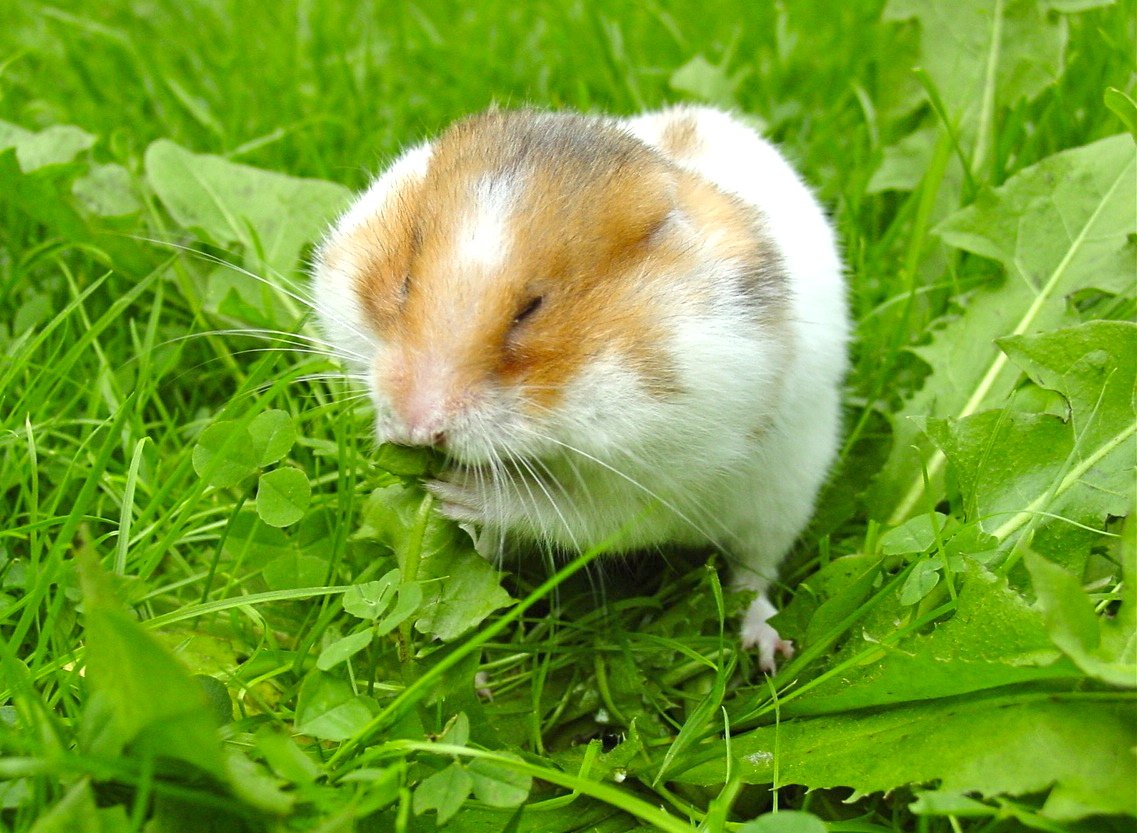Have you ever watched your tiny hamster scamper about, whiskers twitching and eyes sparkling, and felt an overwhelming urge to protect that little life? The truth is, hamsters are fragile creatures, and a single slip in hygiene can turn their world upside down. Every hamster parent wants their furry friend to thrive, but few realize just how much cleanliness can shape their pet’s health. Let’s dive into the most effective hygiene practices that could mean the difference between a happy, healthy hamster and a heartbreaking illness.
Wash Your Hands Before and After Handling
It might seem obvious, but many owners forget to wash their hands before reaching into the cage. Hamsters are extra sensitive to germs that we carry, and even a quick snack residue can introduce bacteria. Always scrub your hands with mild soap and warm water before picking up your pet. After handling, wash your hands again to avoid spreading any hamster-related germs, especially if you have other pets or small children at home. This practice not only keeps your hamster safe but also protects you and your family. Remember, germs can travel both ways! If you’re ever in doubt, reach for the sink. Simple habits like this lay the groundwork for a disease-free environment.
Clean the Cage Regularly
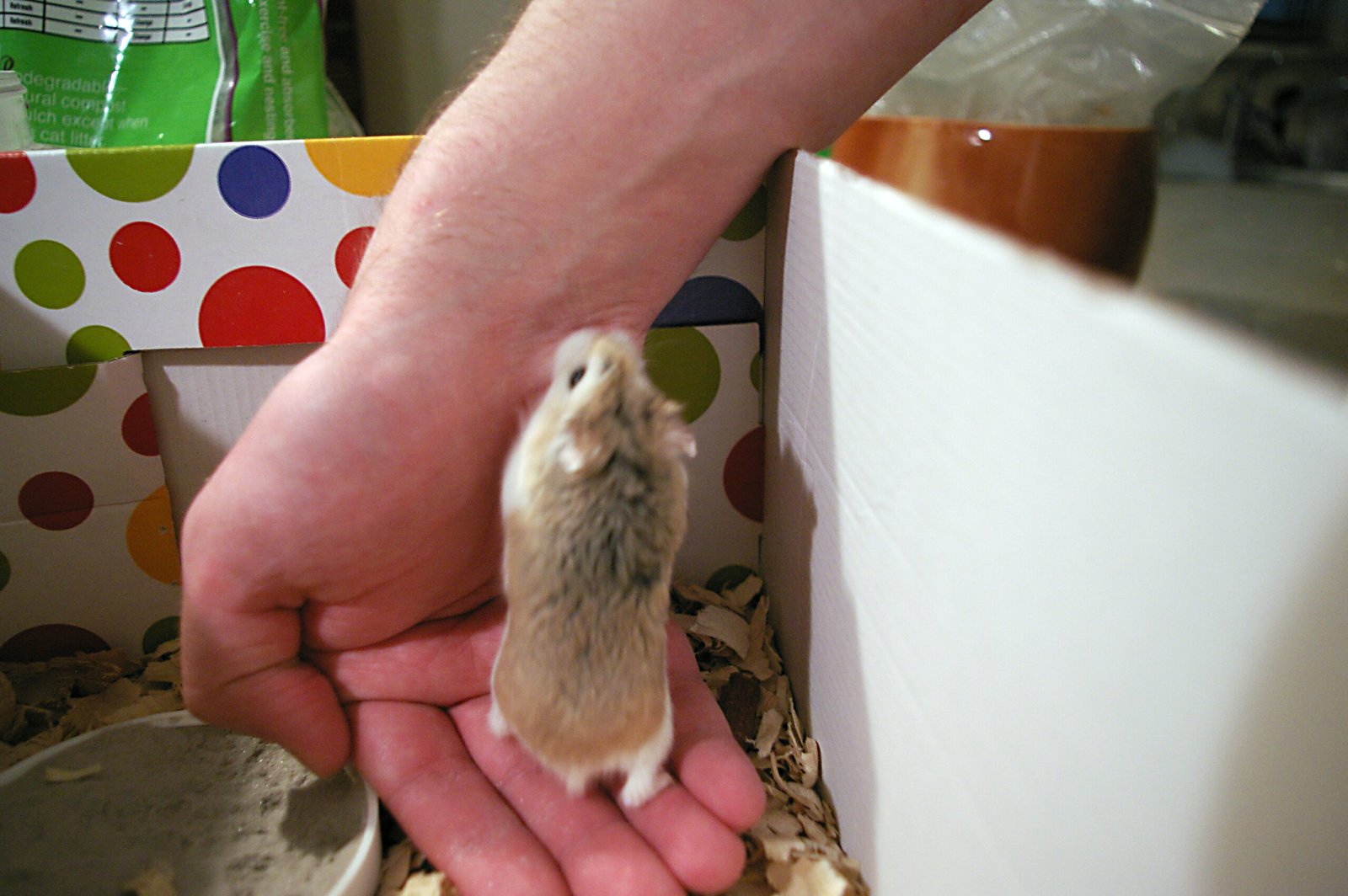
Dirty cages are breeding grounds for bacteria and parasites. Make it a routine to clean your hamster’s home thoroughly at least once a week. Remove all soiled bedding, wipe down the surfaces with a pet-safe disinfectant, and let everything dry completely before reassembling. Don’t forget to clean the bars, corners, and any hidden crevices where debris collects. Spot-cleaning once a day helps reduce the workload and keeps things fresh in between deep cleans. A clean cage leads to a happier, healthier hamster, and you’ll notice your little friend’s energy soar. A sparkling home makes for endless play!
Choose Safe, Absorbent Bedding
Not all bedding is created equal. Some materials, like cedar or pine shavings, can release oils that are harmful to hamsters. Opt for paper-based or aspen bedding, which are soft, absorbent, and dust-free. High-quality bedding helps control odors, absorbs waste, and provides a comfortable nest for your pet. Change the bedding completely each week and remove wet spots daily. This reduces the risk of respiratory infections and keeps ammonia levels from urine under control. Your hamster will thank you with cheerful burrows and contented squeaks. Think of good bedding as the pillow for a good night’s sleep—essential and comforting.
Disinfect Food and Water Containers
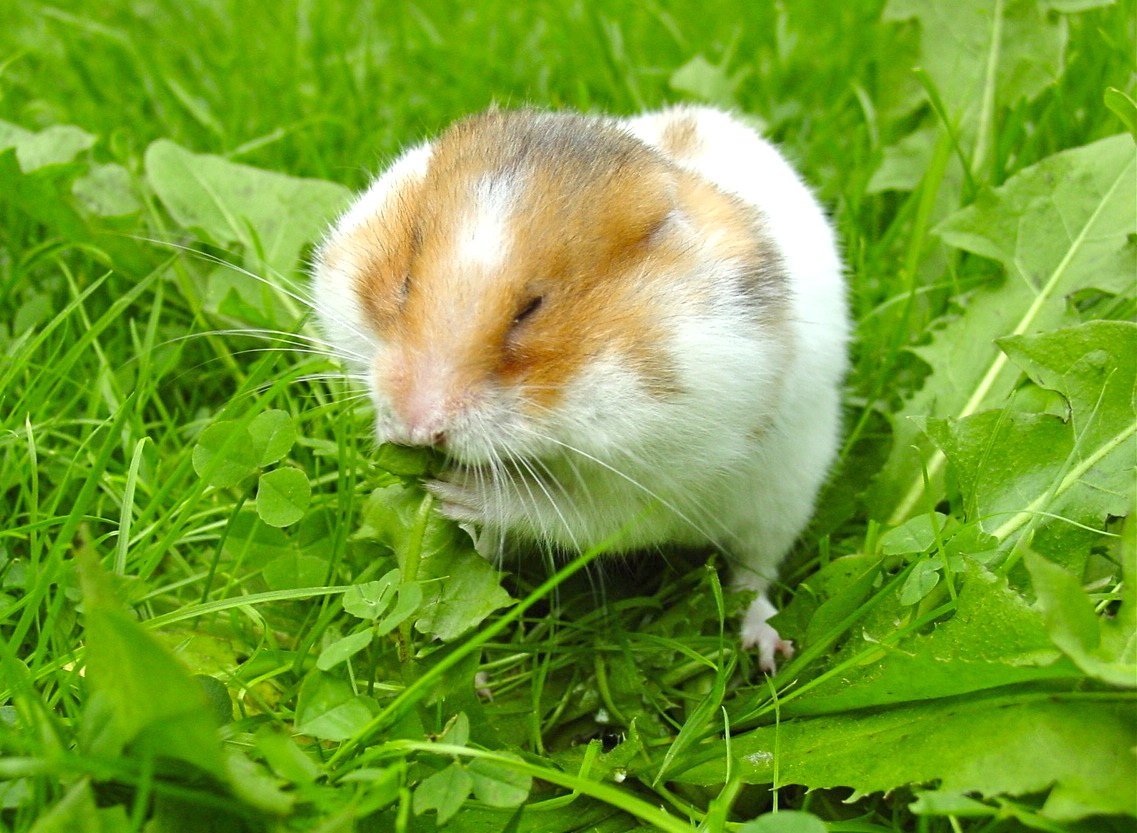
Food bowls and water bottles can become hotbeds for bacteria if neglected. Every day, empty and rinse them with warm water, then refill with fresh supplies. Once a week, wash them with pet-safe soap and allow them to air dry fully before returning them to the cage. Watch for signs of mold, slime, or residue, especially in water bottles. These can make your hamster very sick, very quickly. Clean containers ensure your pet’s meals are always safe, and you’ll notice less food waste and happier, healthier eating habits. Clean dishes are the secret to a happy mealtime!
Remove Uneaten Fresh Food Promptly
Hamsters love to store food in their cheeks and hide it in their bedding. While this behavior is adorable, it can lead to trouble if fresh fruits or vegetables go uneaten and start to rot. Check every day for hidden stashes and remove any perishable items before they spoil. Spoiled food attracts flies and promotes bacterial growth, which can cause tummy troubles or worse. Make it a game to see where your hamster has hidden their treats, and keep their living space free of anything that smells off. Freshness is key to a healthy diet and a happy home.
Keep Your Hamster’s Wheel and Toys Clean
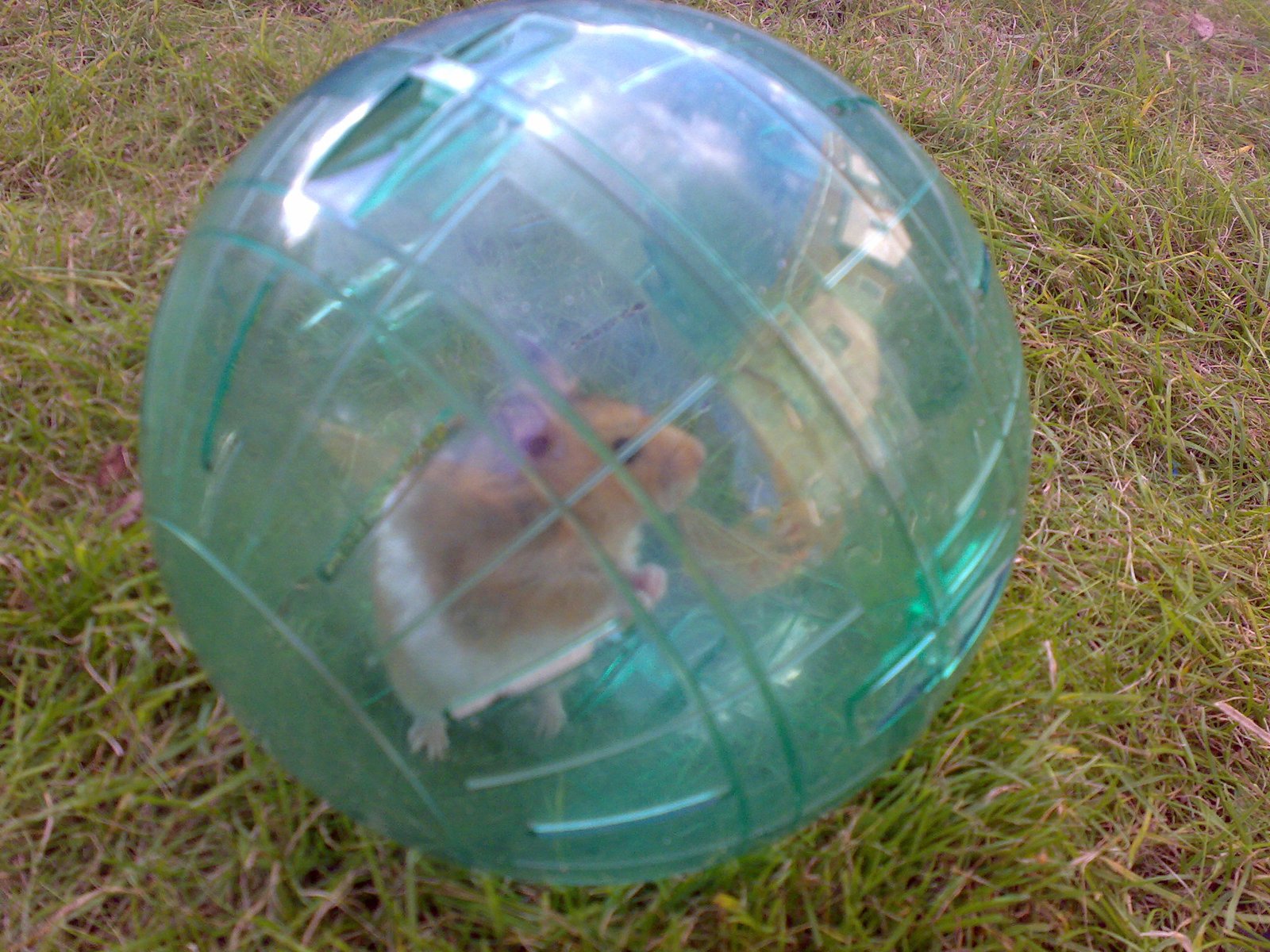
Exercise wheels and toys provide essential stimulation, but they also collect droppings, food crumbs, and fur. Wipe them down with a damp cloth every few days, and give them a more thorough cleaning weekly. Use a gentle, pet-safe cleaner and make sure everything is completely dry before putting it back in the cage. Dirty toys can harbor germs and even cause skin problems if your hamster comes into contact with them too often. Clean playthings mean your hamster can run, climb, and chew safely. Fresh toys keep boredom away and sickness at bay.
Ventilate the Cage Properly
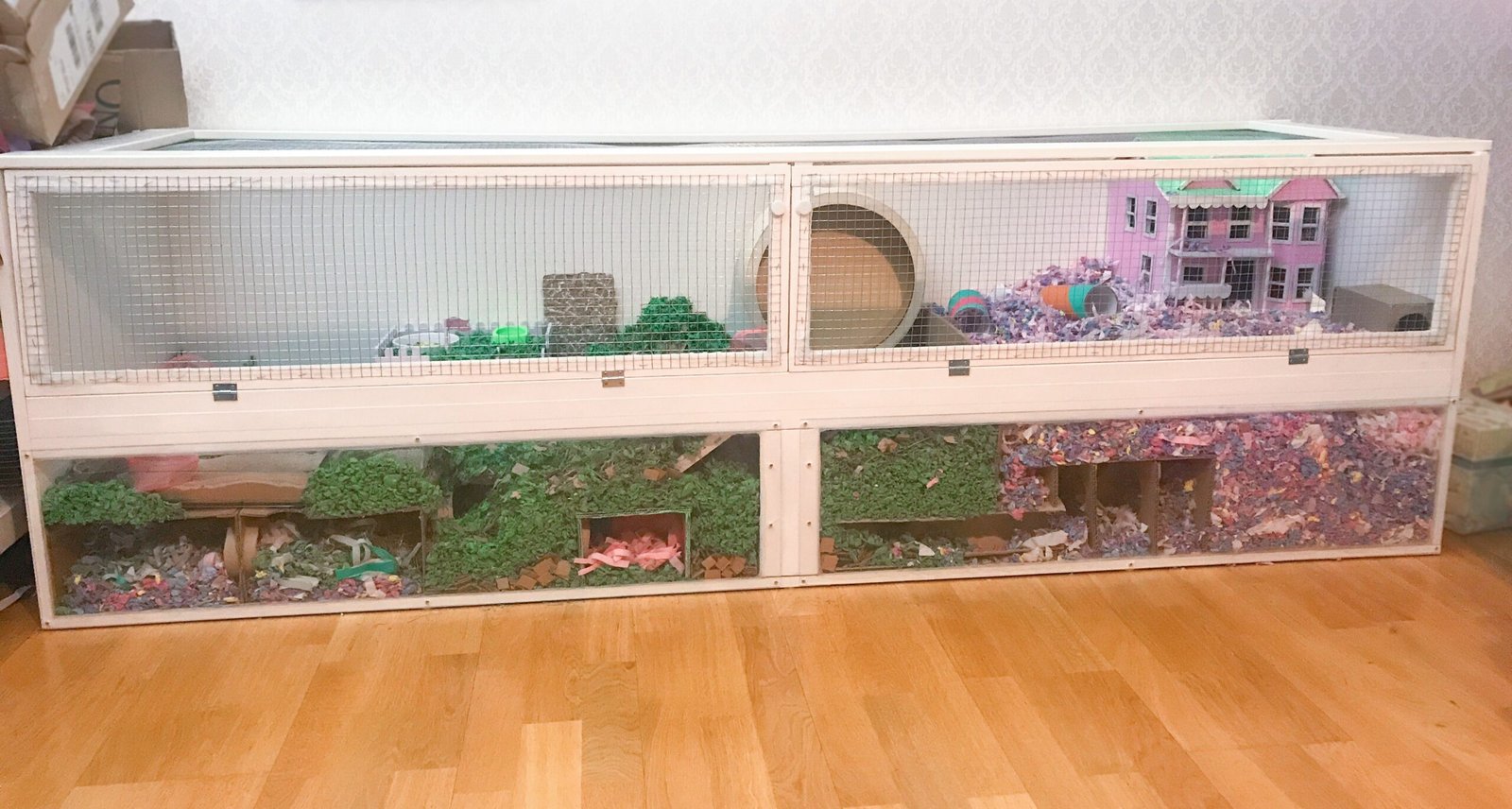
Stale air and trapped moisture can turn a hamster’s habitat into a health hazard. Make sure your hamster’s cage is placed in a well-ventilated area, away from direct sunlight and drafts. Avoid covering the cage with cloths or placing it in a stuffy room. Good airflow helps control humidity and dissipates odors, reducing the risk of respiratory issues. If you use a tank-style cage, consider adding a mesh lid for better ventilation. Your hamster will breathe easier, and so will you! A fresh breeze makes every day feel new.
Trim Nails and Check Fur Regularly

Overgrown nails can snag on bedding or toys, leading to painful injuries. Every couple of weeks, gently check your hamster’s nails and trim them if necessary, using small pet nail clippers. While you’re at it, inspect their fur for signs of mites, bald patches, or scabs. Healthy fur should be clean, shiny, and free of mats. If you spot anything unusual, consult a vet promptly. Regular grooming helps you catch problems early and keeps your hamster comfortable. Think of it as a mini spa day—everybody loves a little pampering!
Quarantine New Hamsters
Bringing home a new furry friend is exciting, but it’s important to keep them separate from your existing hamsters for at least two weeks. This quarantine period helps prevent the spread of illnesses or parasites that might not show symptoms right away. Set up a temporary cage in a different room and monitor the newcomer for signs of sickness like sneezing, diarrhea, or lethargy. Only introduce them to the main area once you’re sure they’re healthy. Quarantine may seem cautious, but it’s a powerful tool for protecting your entire hamster family.
Never Bathe Your Hamster with Water
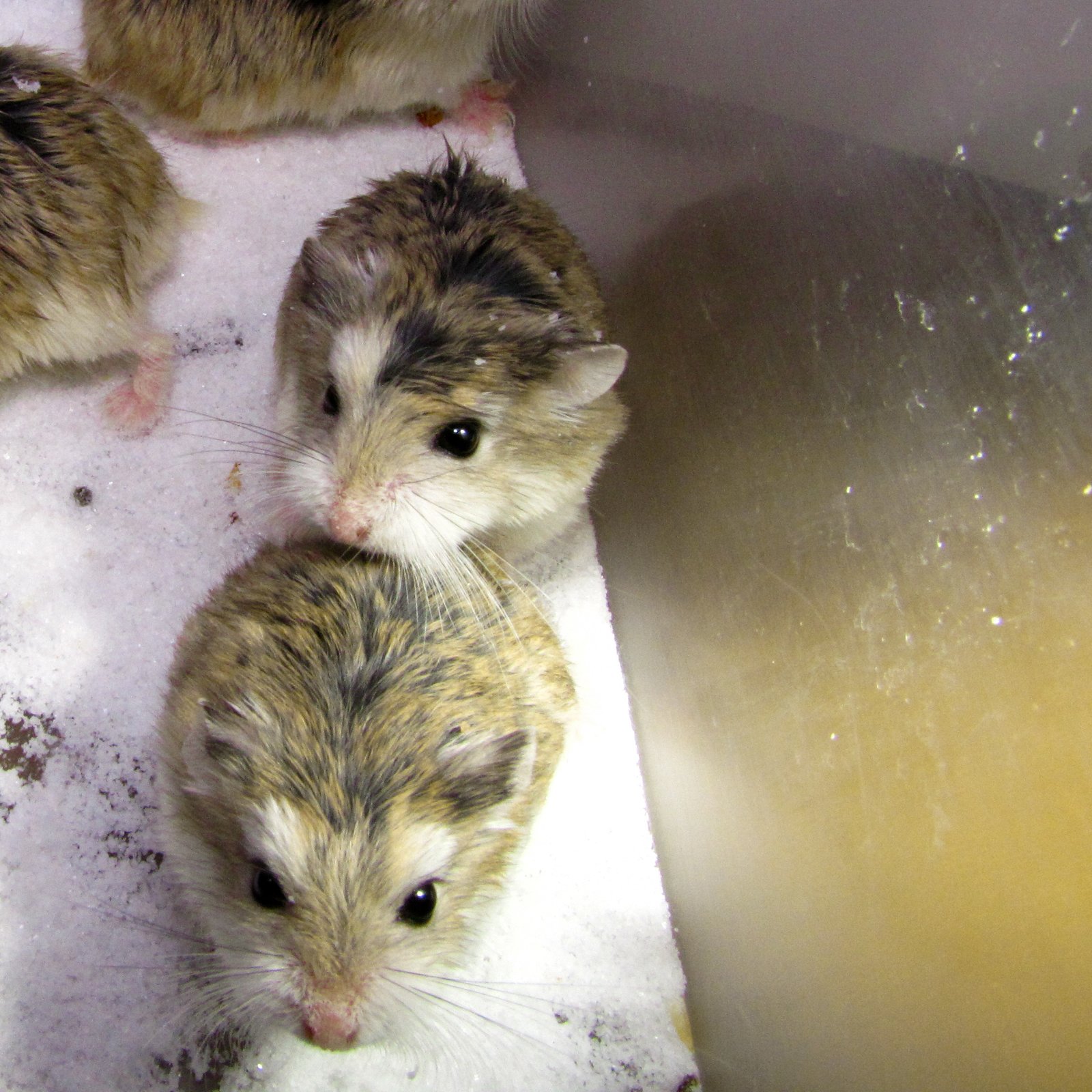
It’s tempting to give your hamster a bath if they seem dirty, but water can chill them quickly and strip essential oils from their fur. Instead, offer a sand bath using special chinchilla sand. Place a shallow dish in the cage and let your hamster roll and play. The sand absorbs excess oils and helps keep their coat fresh and clean. If they get something sticky on their fur, use a damp cloth to spot-clean. Sand baths are natural and safe, providing both hygiene and entertainment for your pet.
Monitor for Signs of Illness Daily
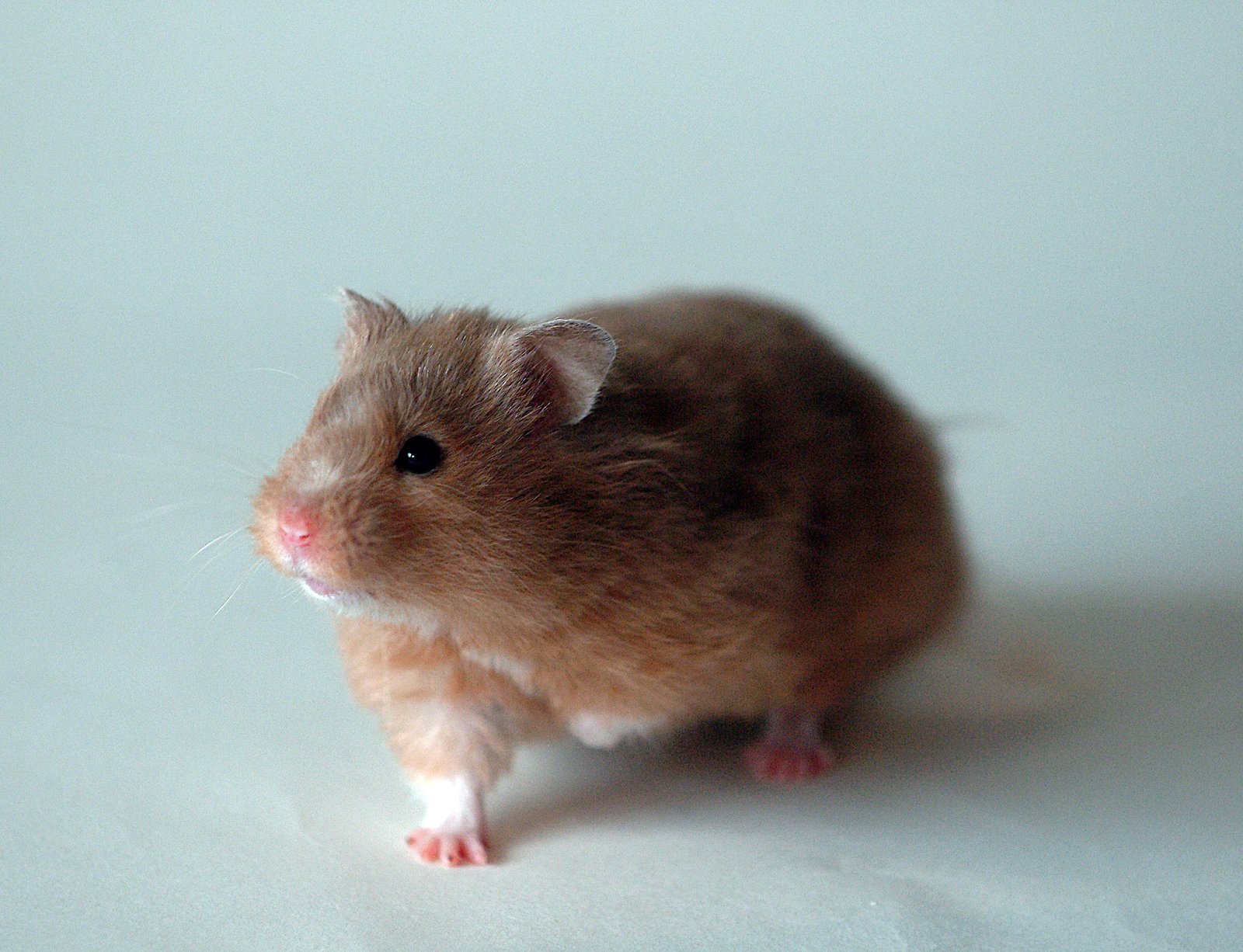
Each day, take a few moments to observe your hamster closely. Look for changes in behavior, eating habits, droppings, or appearance. Early signs of illness can be subtle—a slight limp, watery eyes, or unusual sleeping patterns. If you notice anything off, consult a veterinarian experienced with small animals right away. Quick action can make all the difference when it comes to treating illness. Think of yourself as a detective, always on the lookout for clues that signal your hamster needs help.
Limit Stress and Handle with Care
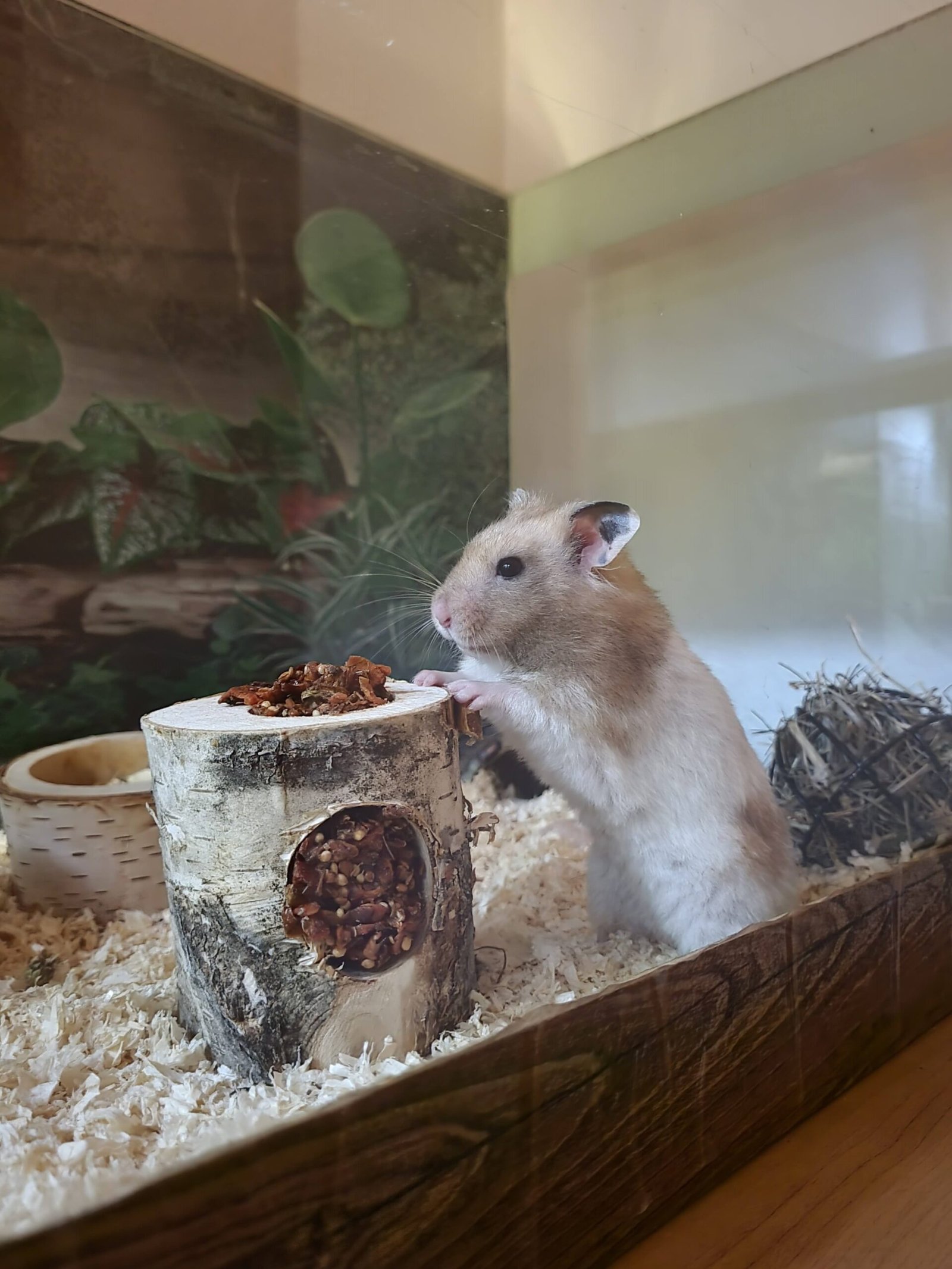
Stress can weaken a hamster’s immune system, making them more vulnerable to disease. Always handle your pet gently, avoiding sudden movements and loud noises. Give them plenty of hideouts and nesting materials to create a safe, cozy space. Limit interactions with other pets and supervise children to ensure your hamster isn’t squeezed or dropped. A calm, predictable environment helps your hamster feel secure and stay healthy. Less stress means more snuggles, more playtime, and a longer, happier life for your tiny companion.

Andrew Alpin from India is the Brand Manager of Doggo digest. Andrew is an experienced content specialist and social media manager with a passion for writing. His forte includes health and wellness, Travel, Animals, and Nature. A nature nomad, Andrew is obsessed with mountains and loves high-altitude trekking. He has been on several Himalayan treks in India including the Everest Base Camp in Nepal.

